Citizen Kane was co-written, produced, directed and starring Orson Welles, a 25-year-old theatre director working in New York. He was given a budget of $500,000 by RKO (which he ended up exceeding), in an attempt to bring his talents to the world of film. He was given complete creative control, something incredibly strange for filmmakers at the time, especially since it was Welles first film production. He cast the Mercury Theatre company for the film, an American Theatre group that Welles had formed in 1937. Welles uses his theatrical experience to elevate the visual significance of certain scenes, using the placement of actors to symbolise power, light and shadow to show good and evil, deep focus so the audience can see all of the details in frame, just like a traditional play.
My favourite scene in Citizen Kane is the ‘Breakfast scene’, where the audience watches as Kane’s marriage with Emily falls apart over the years, condensed down to six shots, through the use of a montage. The scene begins with Charlie sits down for breakfast with Emily, they sit next to each other and are both wearing formal outfits, Kane in a suit and Emily in a relatively revealing white dress. Emily expresses her frustration with her husband and then a shot of a train is overlaid to give the impression of the passing of time.
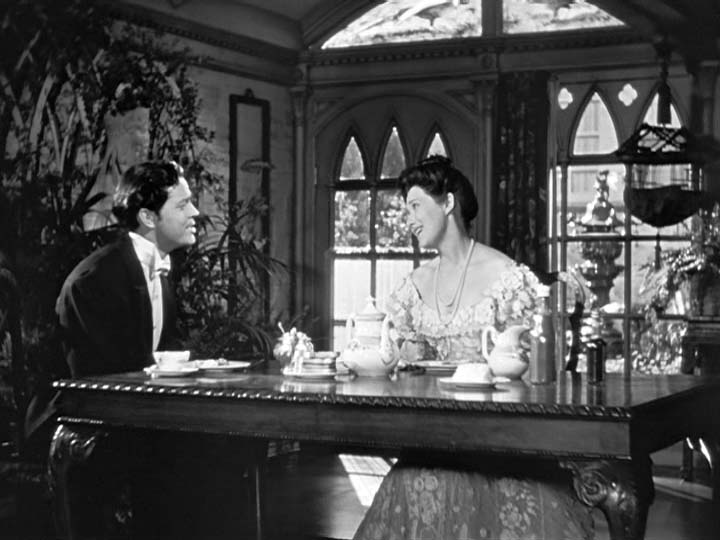
After the train has silently passed by, Emily is revealed to be sitting on the opposite side of the table, symbolising the growing divide between her and Charles. Her outfit is more conservative, and less of her is shown, obscured by a bouquet in the middle of the table. Charlie is shown, notably older and smoking a pipe, he disregards Emily’s complaints, and the train overlay begins. Emily’s dialogue begins before she is shown, still complaining about Kane’s obsession with work. Even more of the table is covered and her outfit is even more conservative looking, a grey jacket covering the majority of her body. Kane is then shown, making a witty remark, wearing his dressing gown, both in front of him and behind him are several bouquets and plants, probably gifts bought for Emily in an attempt to apologise for his absence.

Another train overlay later, and Emily is shown once again, like before, her outfit is incredibly formal and covering and shown behind her are various fancy metal objects, like a chandelier, probably another half-hearted gift from her husband. She makes a comment to Charles as it cuts to him, practically ignoring her as he begins to eat his breakfast. The music becomes faster as the tension between them increases, and another train passes by. Emily starts to talk to Charles before being immediately cut off by him slamming his cup down angrily. Behind Kane are even more plants and flowers, as well as a statue, possibly symbolising that he now views Emily as a statue, just another pretty object in his possession. Charles appears more villainous, and the music sounds more sinister to show this, contrasting the dreamy and romantic music from the beginning of the scene. The final train passes by, showing Emily reading Kane’s rival newspaper and not even bothering to talk to her husband. Charlie looks up and then looks back down to read his copy of the Inquirer, all of the plants in the background appearing to be withering, just like their love. Neither says anything as the camera zooms out to show both of them at opposite sides of the table, the camera angle referencing what was shown when Kane first sat down for breakfast.
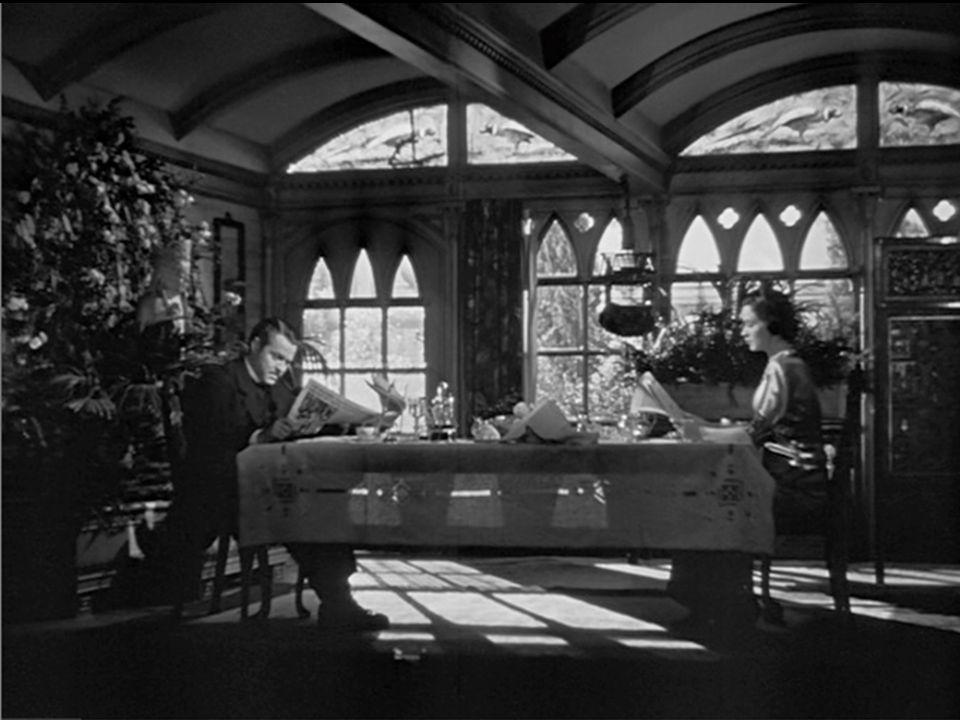
Many Critics view Citizen Kane as “The Greatest Movie Ever Made” because of how well made and influential it is. It utilises many unique story telling aspects of and techniques, like the story not being told in chronological order, the use of blocking and to show character dynamics, dramatic lighting techniques (like backlighting), extreme high angle and low angle shots to symbolise character’s emotions, deep focus so the audience can see interesting components in both the foreground and background. Citizen Kane may not have been the first to use all of these, but it combined these elements to create a memorable and interesting story. Every technical detail is done for a reason, to show the audience something important, something that Welles felt they needed to see. For example, to symbolise Kane’s corruption and downfall, Welles begins to cover his face with shadow to obscure his facial expression and emotion, making him seem less human. Comparing this to when Charles was younger shows just how much his character has changed over the years.
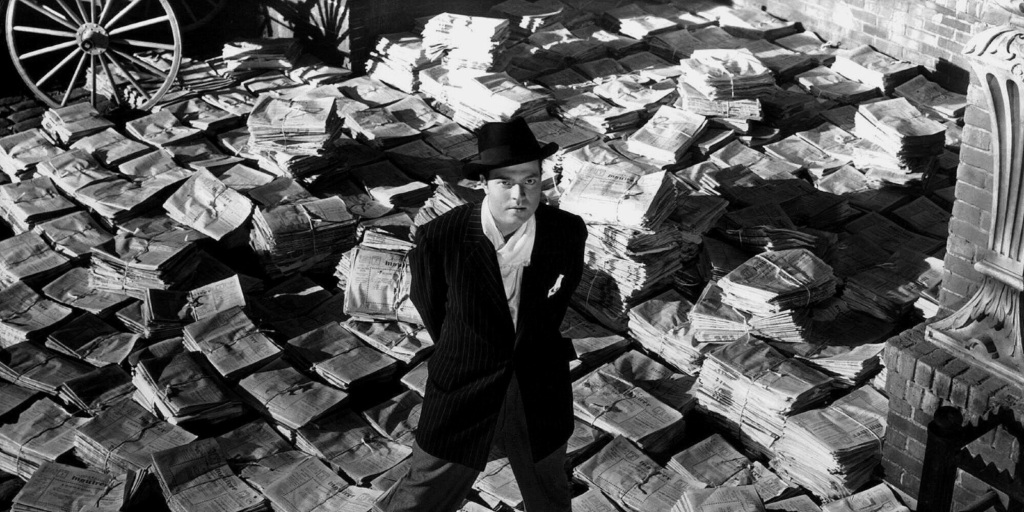
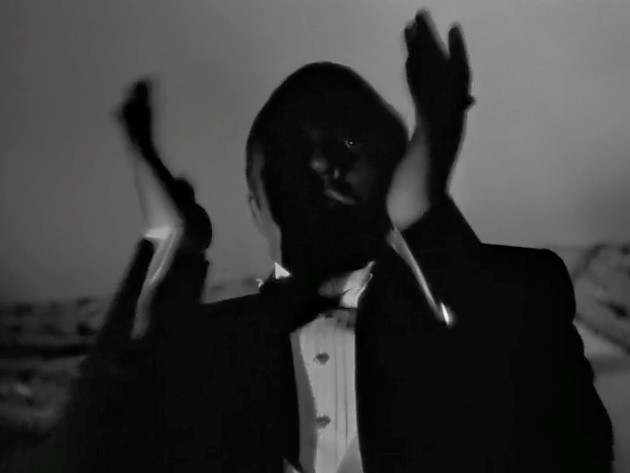
Another instance of Welles using backlighting is for our protagonist, Jerry Thompson, however this is for a different reason. Throughout the film Thompson is either filmed from the back or by using backlighting, this is done to hide his appearance from the audience, allowing them to imagine themselves in his position. The lack of information about Jerry helps to solidify this, unlike any of the other characters talked to in the film, we never learn anything about Thompson, his life, childhood or aspirations. Doing this separates him from our other main characters and allows the audience to also focus more on the details given to them about Kane’s life, a chance to focus on the puzzle presented by Welles, instead of irrelevant details about Thompson’s life and career as a journalist. Covering Thompson’s face for the majority of the film also helps create a visual connection between him and Kane, as well as the narrative connection of him investigating Kane’s last words.
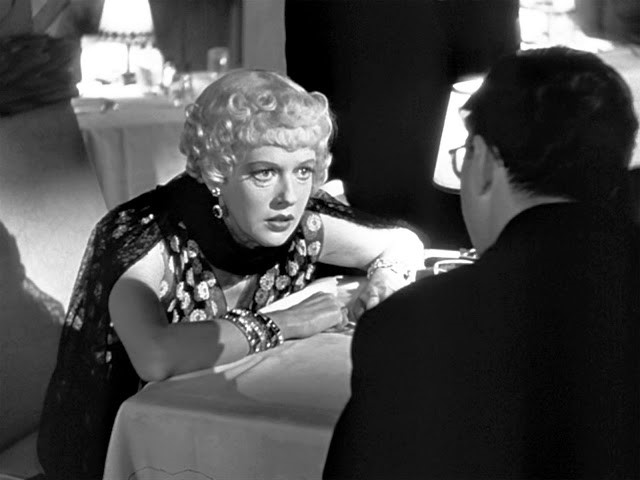
In conclusion, Welles incredible combination of technical and narrative aspects, partially from his experience with theatre direction, elevate the story of Citizen Kane to something more than just a simple mystery story. Each character’s segment is made memorable not just from their dialogue but from their costumes, their physical placement in the scene and even how they are filmed.
